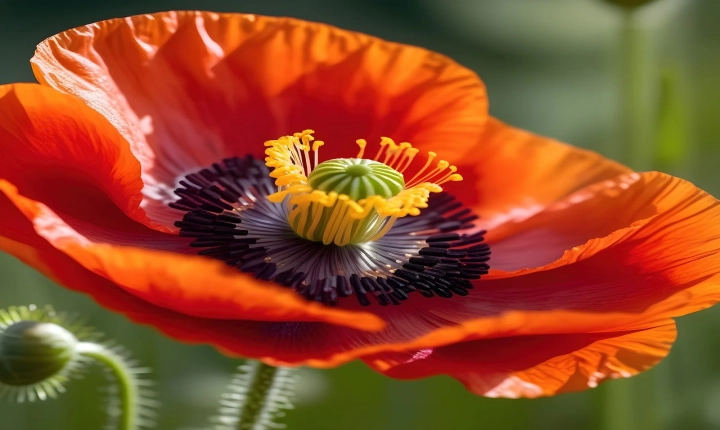In recent years, there has been a surge in the creation of artwork generated using artificial intelligence (AI). Many individuals and organizations are using AI algorithms to produce stunning pieces of art that push the boundaries of creativity and technology. However, a common question that arises in the context of AI-generated artwork is whether it falls into the public domain.
The public domain refers to creative works that are not protected by intellectual property rights, such as copyright or patent law. Artworks in the public domain can be freely used, copied, and distributed by anyone, without the need for permission from the original creator. This raises the question: does AI-generated artwork qualify as public domain, given that it is created by a machine rather than a human artist?
The answer to this question is complex and hinges on a number of factors. In many jurisdictions, copyright law protects works created by human creators, with the duration of protection typically lasting for the life of the creator plus a certain number of years after their death. Since AI does not have a life or death, the question of copyright ownership becomes more nuanced.
In some cases, the legal owner of the AI-generated artwork may be the individual or organization that developed and trained the AI algorithm. However, if the AI algorithm was trained on a dataset of public domain images or did not directly replicate any existing copyrighted works, there may be an argument that the resulting artwork could be considered public domain. This is a grey area that has yet to be fully addressed by intellectual property laws.
There have been instances where AI-generated artworks have been sold for significant sums of money at art auctions and have garnered widespread attention in the art world. This has led to further debate about the legal and ethical implications of AI artwork, including questions about attribution, ownership, and fair compensation for the original developers of the AI algorithms.
Some argue that AI-generated artwork should be considered a collaborative effort between the AI algorithm and its human developers, and that both parties should be recognized and compensated accordingly. Others contend that AI-generated artwork, by its very nature, should be considered as falling into the public domain, as it lacks the human creativity and intentionality typically associated with copyright protection.
As technology continues to advance and AI becomes more sophisticated, the legal and ethical questions surrounding AI-generated artwork are likely to become more pressing. There is a need for policymakers, legal experts, and the art community to engage in thoughtful discussions and develop clear guidelines to address the complexities of AI-generated artwork and its place within the public domain.
In the meantime, artists, art collectors, and other stakeholders should exercise caution and seek legal advice when dealing with AI-generated artwork to ensure that they are respecting the rights of the original creators and complying with relevant intellectual property laws. As AI technology evolves, the legal landscape will need to adapt to ensure that the rights of creators and the public interest are both upheld in the realm of AI-generated artwork.
